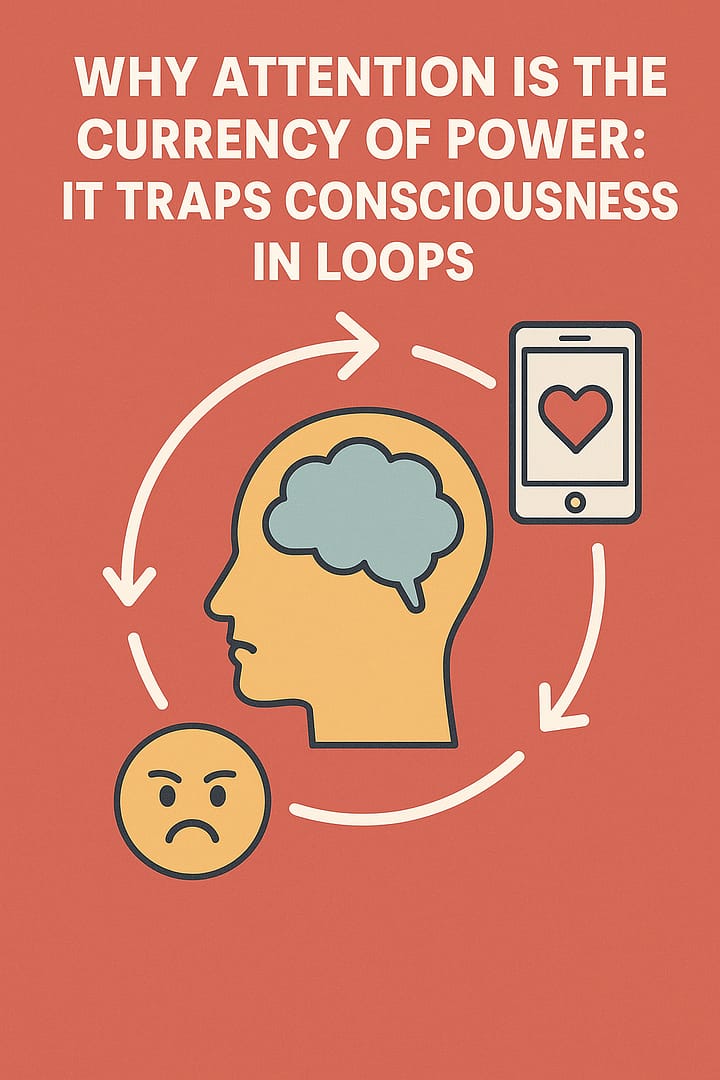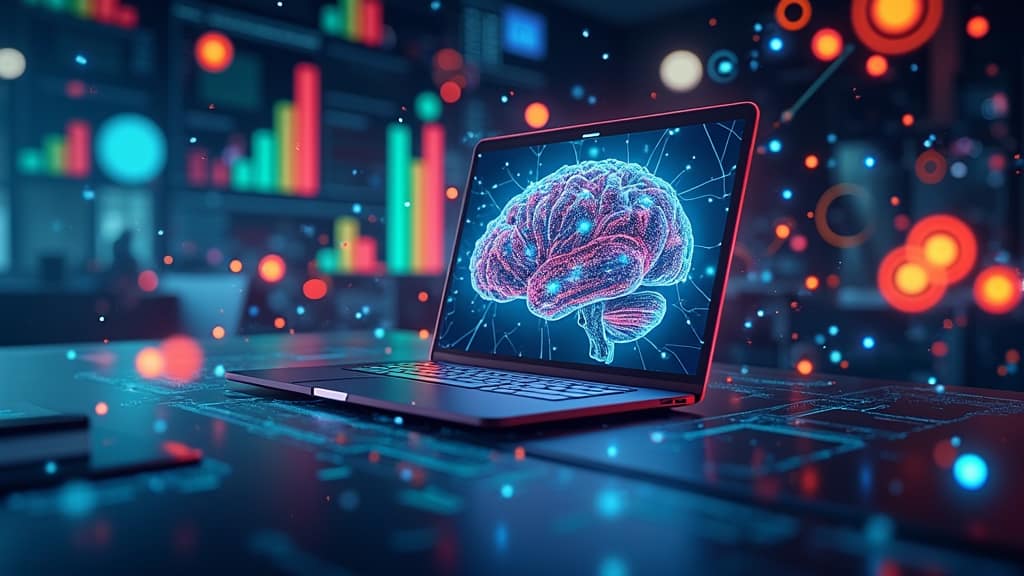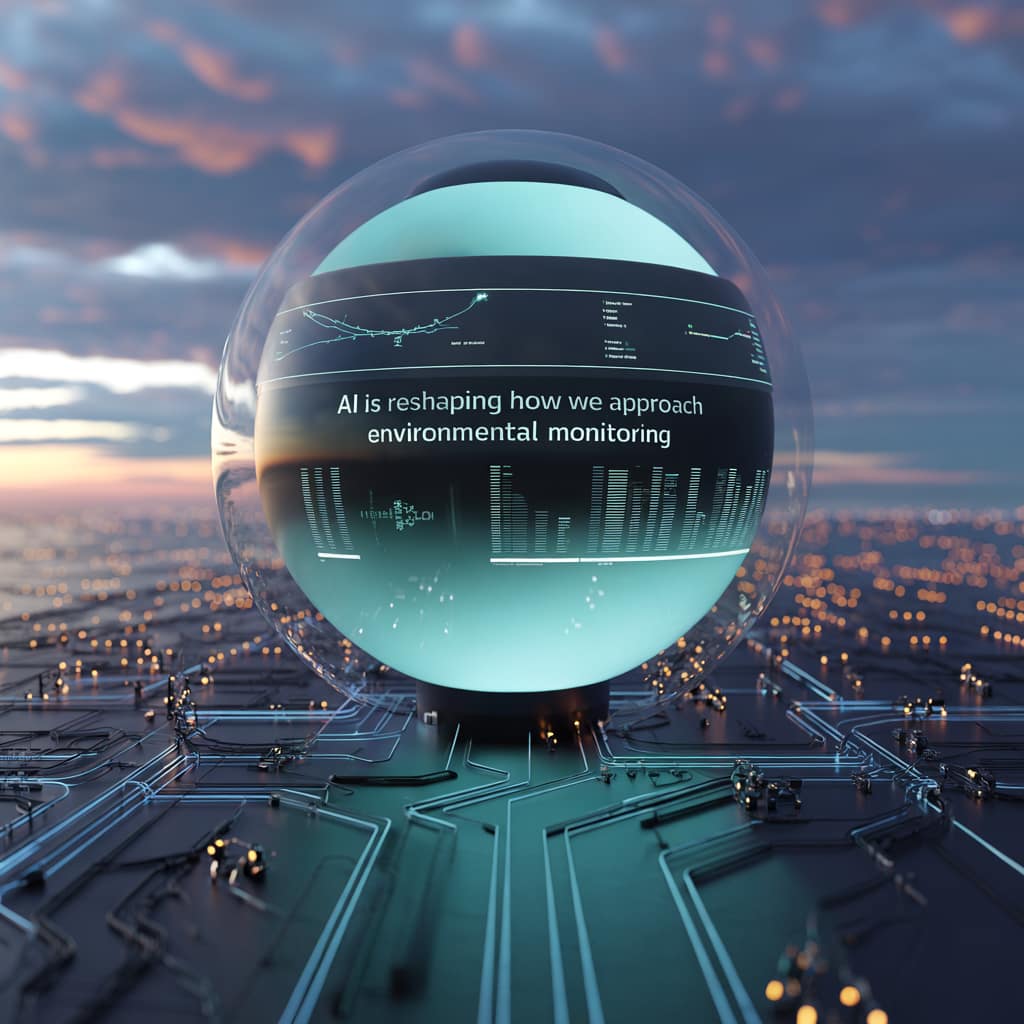Artificial Intelligence (AI) is changing at a speed that’s hard to ignore. I keep seeing headlines about smarter chatbots, selfdriving cars, and breakthroughs in everything from healthcare to finance. There’s a lot to unpack, especially if you’re interested in where AI might be headed next. Here’s an overview of what’s happening in AI right now, why it matters, and how it might shape the future.
The Current State of Artificial Intelligence
AI has grown from simple rulebased programs to advanced neural networks that can handle complex tasks. Today, AI is behind the scenes in a huge number of apps and devices. Many people are already using AIpowered assistants like Siri or Google Assistant, recommendation engines on Netflix, or even fraud detection systems at their banks. According to McKinsey’s 2023 State of AI report, the adoption of AI technologies has doubled over the last five years among large businesses. The excitement around artificial intelligence is also reflected in record investments, with billions going into research and AI startups every year.
The last couple of years have really put a spotlight on generative AI; tools that can create images, write stories, and even generate functional code. You’ve probably played around with or at least heard about OpenAI’s GPT models, Google’s Bard (now Gemini), and image generators like DALLE and Midjourney. These systems have become way more powerful, often blurring the line between what’s created by humans and what comes from a machine. Even more intriguing are the latest studies on foundation models, which are large AI systems prepped on massive datasets and then fine-tuned for specific tasks. They’re fueling a whole new generation of applications that feel both smarter and more accessible.
Exciting Recent Developments in AI
Developments in AI come so fast that keeping up is pretty much a fulltime job. Here are some of the most impactful trends and breakthroughs I’ve noticed recently:
- Large Language Models: Tools like ChatGPT and Google Gemini can write essays, hold conversations, and even pass some professionallevel tests. They’re now being used in everything from coding support to creative writing, making tasks that previously took hours finish in just minutes.
- AI Generated Art and Media: Midjourney, DALLE, and other generators are starting to mix up creative fields by making it easy for anyone to create detailed images, music, or videos simply by describing what they want. The quality of AI generated visuals and sound design has reached eye-catching heights, with museums even curating AIgenerated art exhibits.
- AI in Healthcare: Algorithms are getting really good at helping doctors spot cancer in Xrays or MRI scans, analyze DNA for disease risks, and even assist in drug discovery. Early diagnosis tools powered by AI are already saving lives, and virtual health assistants now guide patients through routine medical questions.
- Autonomous Vehicles: Selfdriving car technology, led by companies like Tesla and Waymo, is being tested on public roads, with improvements in safety and navigation all the time. Trucks and delivery robots powered by AI are also rolling out in some cities, paving the way for a mix of automated transport solutions.
- AI for Accessibility: Speech to text apps, automatic captioning, and realtime translation tools are making tech friendlier for people with disabilities and nonnative speakers. New AIbased vision systems can also describe the environment for individuals who are visually impaired, truly opening up the world in new ways.
All these advances aren’t just nextlevel cool tech tricks; they’re changing the way people work, learn, and even socialize. More companies are exploring how to use AI to boost productivity and creativity across their teams, and some are worried about whether these changes will disrupt jobs or create new ones. As AI-driven innovations pop up, businesses of all sizes are looking for ways to step up and stay ahead of the curve.
How AI Is Trained and Why It Keeps Getting Smarter
Training AI isn’t magic. These systems learn from huge amounts of data; sometimes called “big data”; and use complex algorithms to spot patterns, answer questions, and predict what might happen next. Machine learning, deep learning, and reinforcement learning are some of the main approaches. If you’re new to these terms:
- Machine Learning (ML): This is when computers learn from data to carry out tasks, like recognizing faces in photos or predicting movie preferences. Many everyday conveniences—spam filters, shopping suggestions, and personalized ads—come from ML models making sense of your data.
- Deep Learning: A type of ML that uses neural networks inspired by the human brain. It’s especially good for speech and image recognition, language translation, and composing music or artwork automatically.
- Reinforcement Learning: Here, the AI gets feedback through “rewards” or “punishments” as it tries different actions. This method powers things like gameplaying AIs and robotics that can master complicated tasks by practicing millions of times.
The more data an AI system uses, and the more times it loops through this data, the better its predictions or creations get. Researchers are always looking for larger and cleaner datasets, new architectures, and ways to train these models using fewer computing resources, since training some of these systems costs millions of dollars’ worth of electricity and hardware. Open source collaborations have made it easier for smaller organizations and schools to experiment with stateoftheart AI without eye-watering budgets, making the tech available to more people than ever.
Practical Ways AI Is Getting Used Right Now
AI keeps finding its way into new places. Here are a few areas where recent developments are making waves:
- Business Automation: AI handles repetitive tasks like sorting emails, managing calendars, or analyzing invoices. Companies like UiPath and Automation Anywhere are big players in this space, but there are hundreds of startups offering AIpowered workflow solutions for small businesses too.
- Content Creation: Marketers and writers are using AI tools to brainstorm, outline, and edit content faster. Jasper, Copilot, and Notion AI are a few of the apps people are using. Even video editors now tap into AI to generate scripts, match music to scenes, and fix sound quality automatically.
- Customer Support: Chatbots on websites are much better at understanding customers and can handle whole conversations without a human stepping in. Many companies now use multiturn chatbots that answer FAQs, book appointments, and help customers solve common issues 24/7.
- Education: Adaptive learning platforms use AI to adjust material to each student’s skill level or learning style. Kids and adult learners can get instant feedback and customized learning paths that meet their unique needs.
As AI tools become cheaper and more userfriendly, smaller businesses and individuals are starting to use them, not just huge tech giants. Mobile apps packed with smart AI features now help freelancers with bookkeeping, design, content writing, and even legal research. With a growing selection of no-code tools and draganddrop AIs, it’s easier than ever to put AI to work for you—even without a tech background.
Key Challenges and Considerations for the Future
Despite the promise of AI, there are some pretty important things I think anyone should know about before getting too carried away with the hype:
- Bias and Fairness: AI can reflect and even boost biases found in its training data, often in subtle ways. This means it might show favoritism or discrimination that’s hard to spot if you’re not staying sharp and looking. Regular audits with diverse teams help catch these problems.
- Transparency: Most people have heard someone call AI a “black box.” Sometimes, even the folks building these systems can’t fully spell out the choices an AI is making. Clearer documentation and user education are starting to make these technologies feel less mysterious.
- Job Disruption: Automating more tasks might mean people need to retrain or switch up careers. Some jobs could disappear, while others get created in the process. Companies and governments need strong plans for reskilling so that nobody gets left behind.
- Safety and Security: As AI systems get more autonomous, the risks can get bigger. Security experts worry about misuse, especially for deepfakes or autonomous weapons, and regular testing is needed to keep threats in check.
- Regulation: Governments are trying to figure out rules to guide how AI gets used, especially around privacy, intellectual property, and safety. The EU’s AI Act is the first big legal framework, but countries like the US, China, and Canada are creating their own guidelines, which could soon become global standards.
Handling these challenges means getting people from tech, law, and society working together. There’s a lot of debate around how to do it right. Groups like the Partnership on AI and the Future of Life Institute are sharing research and helping people steer through these tough questions. Public input is starting to play a bigger role, and everyday users are encouraged to speak up about their experiences with AI products.
Bias and Fairness
I see bias in AI as one of the trickiest problems. A system used in hiring or lending might unintentionally give certain groups an unfair shot, just because of patterns it found in historical data. Careful research, audits, and transparency help people spot and fix these issues before models go live. Some companies are publishing regular reports so customers can trust the fairness of their AI-powered solutions.
Transparency and Explainability
Trusting AI decisions gets easier if developers can explain how conclusions are reached. New techniques, like “explainable AI,” try to break down a system’s decisionmaking into more human-understandable pieces. This is especially needed in healthcare and finance, where mistakes could affect people’s lives directly. Some organizations are even offering AI transparency “scorecards” so users know what to expect from automated systems.
Job Impacts
I keep reading studies from groups like the World Economic Forum that show the nature of work could change a lot over the next decade. Some repetitive tasks might disappear, but there’s growing demand for people who know how to work alongside AI, such as prompt engineers, AI trainers, or people who can spot mistakes machines miss. Learning AI basics is starting to be part of many training programs even outside the tech world.
Cool Things I Think Are Worth Watching In AI
Some predictions about AI sound like science fiction, but research is moving quickly. Here are a few areas I think are worth keeping an eye on:
- General AI: This is the goal—machines that can do pretty much any task a person can. Most experts say we’re not there yet, but big steps in reasoning and problem solving are making headlines regularly.
- AI and Creativity: More artists are teaming up with AI to create music, poetry, and interactive stories. Collaboration between people and algorithms is leading to some of the most unexpected, fun creations right now. The blending of human and machine talents is giving rise to a whole new creative community.
- AI for Science: Tools like AlphaFold from Google DeepMind are helping researchers figure out protein structures, which could speed up drug discovery and improve how we treat diseases. Climate modeling powered by AI is already helping countries plan for extreme weather, and scientists use AI to hunt for new exoplanets in deep space images.
- Smarter Robotics: Combining AI with physical robots means new jobs in agriculture, manufacturing, and disaster response. Boston Dynamics and other companies are putting robot “dogs” and helpers in even more real-world settings, helping with everything from warehouse work to search-and-rescue missions after natural disasters.
Frequently Asked Questions
Here are some common things people ask me when they want to know more about AI and its future.
Question: Is artificial intelligence going to take over all jobs?
Answer: AI probably isn’t going to replace all jobs, but it will definitely change how people work. It’s expected to automate some routine tasks while opening up new opportunities for roles that involve creativity, problem-solving, or overseeing AI systems.
Question: How safe is AI, and can it be trusted?
Answer: AI is safe for lots of uses, but there are real concerns around privacy, bias, and unpredictability. Developers and regulators are working on systems and guidelines to make AI safer, but it’s smart to stay cautious and ask questions if you’re unsure.
Question: Will everyday people need to learn about AI to keep up?
Answer: Knowing the basics of how AI works will definitely be helpful for most jobs and for understanding the tools people use every day. Tons of free online courses and guides make it less intimidating than it might seem. Schools and libraries are also starting to offer AI literacy classes, helping more people get comfortable with the basics.
Wrapping Up
AI isn’t just something for tech specialists; it’s starting to shape everyone’s daily experience and will keep changing how people work, create, and connect. Following the newest AI developments, paying attention to fairness, and staying curious are super important for anyone who wants to make the most of what’s coming next. As these technologies evolve, it’s vital to keep learning and ask about the impact of AI in your own field, so you can use its potential in positive ways.

Shop Tip
The connector GPT
Your Personal Web of Ideas – Link what you think. The Connector maps the hidden threads between your ideas, past content, projects, and patterns. It links what you think, so you can think beyond.
Text with help of OpenAI’s GPT language models &
openai chatbox, Dalle, Fleeky & MIB
Images with help of Dalle
Reading
Thank you for questions, shares and comments!
Share your thoughts or questions in the comments below!






